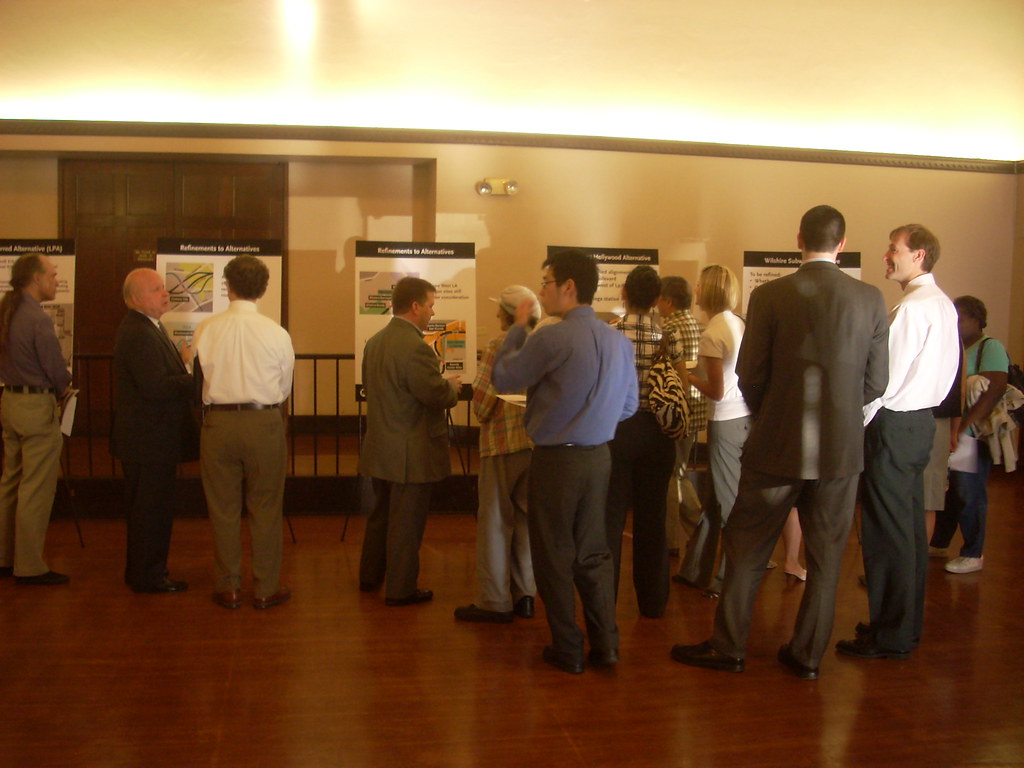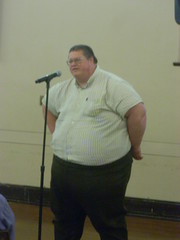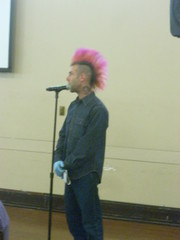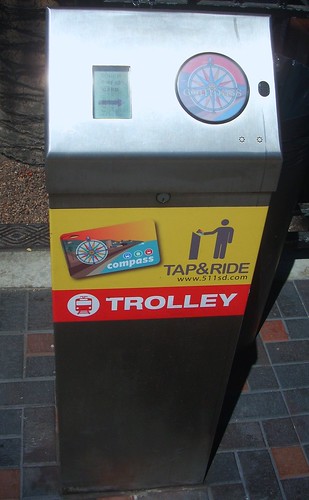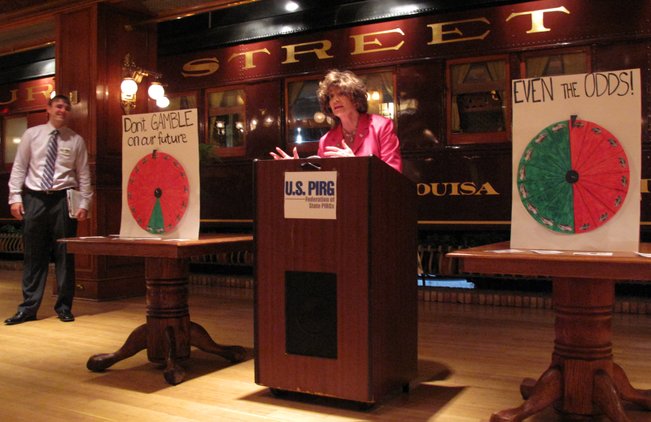Westside Subway Extension Might Be Built In This Lifetime
Abbey Hood
Published 08/06/2009 - 7:10 p.m. CST
ABOUT THE AUTHOR
Abbey Hood
Will the Westside subway extension ever be built in your lifetime?
Maybe.
An update at Tuesday’s City Council meeting from the Deputy Director of Transportation Aaron Kunz indicated the Los Angeles County Metropolitan Transportation Authority is meeting this September to consider including the Westside Subway Extension in the funded element of the long range plan and identifying the Westside Subway Extension along with the downtown Light Rail Connector as the two top priority projects for Metro’s advocacy efforts for federal New Starts funding.
The City Council unanimously adopted a resolution on Tuesday supporting the planning, development, and construction of the Westside Subway Extension by MTA that will serve as an advocacy tool for pursuing funding for the project.
Additionally, the City Council adopted the recommendation of the Mass Transit Committee for route alignments on Wilshire at La Cienega Boulevard and Beverly Drive.
The Mass Transit Committee was appointed in 2006 by the City Council under former Mayor Steve Webb to develop recommendations for alignments and station location; Allen Alexander and Mark Egerman were elected co-chairs.
The committee unanimously agreed upon the Beverly station because it “is 1.1 miles to Center City, serves the core of the business district and has the highest bus transit stop,” said Kunz.
La Cienega was agreed upon because of its proximity to Cedars-Sinai Medical Center and the Beverly Center, he continued.
“I think that this fits in very nicely with the possibility to develop east Beverly Hills and to look into the idea of having an arts and theater district there,” said Councilman John Mirisch.
The Committee presented its findings in January 2007 to the former City Council. At this time the council adopted a resolution appreciating the efforts of the committee.
However, the Westside Cities Council of Government agreed that individual cities would not take a formal position with respect to route alignments and station locations until Metro completed its alternative analysis.
The alternative analysis was completed and adopted by the Metro Board earlier this year. They included two route alignments that are currently being analyzed as part of the draft Environmental Impact Report:
• A Metro Purple Line extension from the Wilshire/Western station via Wilshire Boulevard to Santa Monica.
• A Metro Purple Line extension the Wilshire/Western station via Wilshire Boulevard to Santa Monica plus a Metro Red Lineextension from the Hollywood/Highland station to a future Wilshire/La Cienega station.
Both proposals include the Beverly Hills’ committee’s recommendations for alignment at Beverly Drive and La Cienega.
Metro is estimating if the plans go through the line will be extended to Fairfax by 2019; to Century City by 2026 and Westwood by 2036.
Currently an interdepartmental City staff team led by the Transportation Division of The Public Works & Transportation Department is working with Metro’s team in developing the draft EIS/EIR.
At this time, the team is analyzing the technical requirements of the station locations and the tunneling feasibility of the two route alignments.
Quarterly updates will be provided, be Metro. The Transportation Division will also present updates to the City Council as well as the Traffic and Parking, Planning and Public Works Commissions.
Specifics of the station locations are anticipated to be available in 2010.
There was no fiscal impact adopting the resolution on Tuesday. Metro will negotiate with the City for construction costs when developing funding agreements for the portion of the subway between Fairfax Avenue and Century City.





